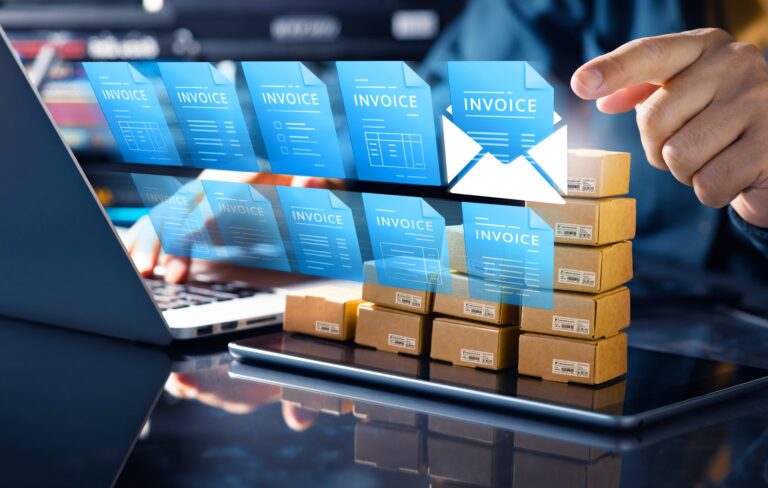Whether you’re a freelancer just starting your business or a large enterprise with many customers, one thing’s for sure: collecting payments from customers and recording your business’s financial information are critical to your success. How you go about completing these tasks could mean the difference between a time-consuming, error-prone process and a streamlined, accurate system. So how do you know where to start?
First, understand that there are some fairly standard methods and tools available in the marketplace. Many businesses start out tracking everything in spreadsheets, and wait to make the move to specific tools when growth demands. The two main options available at this juncture are accounting and billing software.
Accounting software programs enable users to document financial transactions. They serve as a system of record, and can be used for tax liability, shareholder reporting, and business analysis. Billing software programs allow users to create and send invoices to customers in a more efficient, flexible manner. Online billing and payments, automated reminders, and billing portal access are examples of standard features.
Accounting and billing software may have blurred together in recent years, but they have pretty distinct differences for specific purposes. Traditional accounting software generally comes with the simpler features of billing software, like creating and sending invoices.
It also gives end users access to all of a company’s confidential financial records. This access level may create a stumbling block for companies that want to lock down financial data to a handful of employees.
Billing software has become more robust, including complex billing arrangements like discounts, payment plans, and subscription services. In addition, billing software segments customer data so end users only get access to what they need: outstanding balances.
Both accounting and billing software are now cloud-based, and many provide integrations that allow certain platforms to communicate with each other.
To top that off, there are hundreds of different types of both accounting and billing software – an overwhelming number at best. So before you start evaluating tools, determine the answers to the following questions to help guide you in your search.
What would you like to accomplish with a tool you purchase? Do you need to determine your taxes quickly and easily? Do you need to review a general ledger on a regular basis, run payroll for employees, and make sure your are GAAP compliant without a lot of prior knowledge?
Maybe you are a one-person shop with no inventory, and you just need an automated way to send out invoices. Or you might need to push out a massive number of invoices on a frequent basis, like Flick Electric Co of New Zealand. The answers to all these questions will help you understand the type of system that best fits your needs.
How varied are your customer payment options? The answer to the first question might point you to a traditional accounting software platform. Before choosing one, think about the payment options you offer to your customers today and any new options you plan to offer in the future.
Do you offer discounts for customers who send payment within 10 days of the invoice date? Do you allow customers to set up payment plans, or do you offer subscription billing as part of your service?
Managing varied types of billing without an billing platform can get out of hand pretty quickly, as in the case of Immigrant Law Group PC of Portland, Oregon. Think about the current and desired complexity of your billing process before moving forward with any platform.
What’s your price range? If you have some money set aside for whichever platform you choose, you can weigh your requirements against the requirements and cost of each one. And even if you have low or no funds, you’re in luck: many platforms offer different levels of access to their accounting or billing software, including free and low-fee plans that may get you most of what you need without a large investment.
Managing the financial side of your business can seem like a daunting process, especially with the myriad accounting and billing software tools available today. Take the time to understand your business’s current and future needs. With this information in hand, you’ll best be able to choose a the tool that’s right for you.




